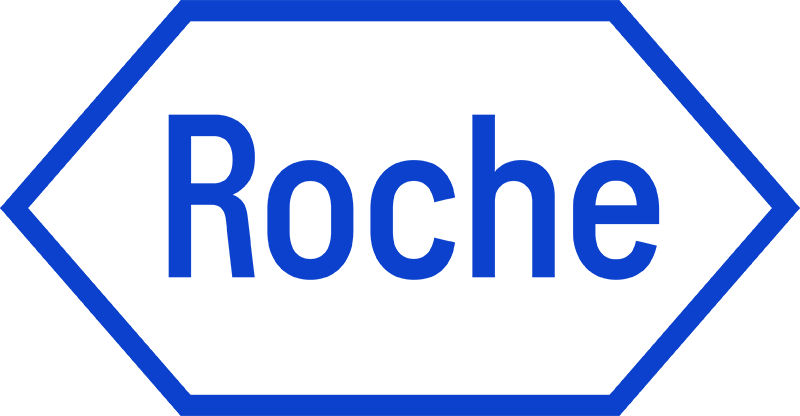Measuring Roche NT-proBNP during the hospital stay can help with discharge planning.1
The pre-discharge absolute value of Roche NT-proBNP, as well as the relative change of Roche NT-proBNP during hospitalization can provide important prognostic information.2 Rely on Roche NT-proBNP to help you identify patients at risk of hospital readmission or mortality within 6 months.3-5


